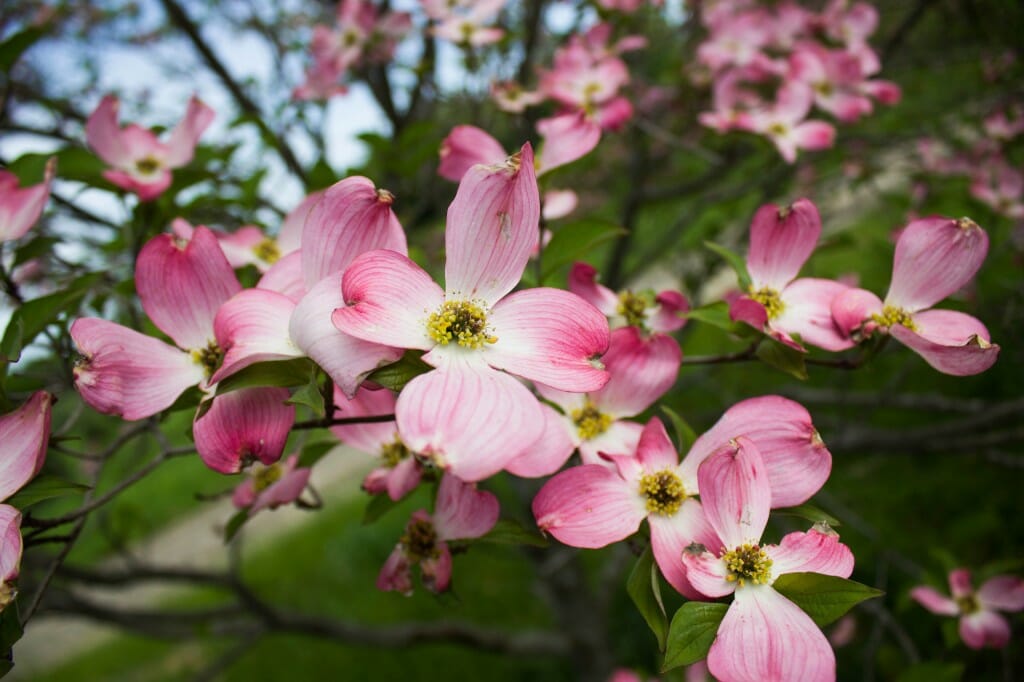
The lowest temperatures most Jacaranda trees can handle is 40 degrees Fahrenheit. In the United States, Florida, Texas, and California are areas where Jacaranda can thrive, but they are not limited to those three states. Not everyone can grow a Jacaranda tree because they only grow well in specific environments. But in most areas, blooming begins in late spring and can carry into early summer. In warmer climates, the Jacaranda can bloom at any time. The blooms from a Jacaranda are shaped like a trumpet and are tightly bunched together in sweet-smelling clusters. This tree can grow more reasonably between six to 12 feet tall and four to eight feet wide. Indigenous Jacaranda trees in Argentina and Bolivia can grow as tall as 50 feet high and 30 feet wide.Īnother type of Jacaranda that is indigenous to Brazil and Mexico is called the Jacaranda jasminoides. Jacaranda trees are native to the tropical rainforests of South and Central America. JacarandaĪlso known as the Brazilian rosewood and blue trumpet tree, the Jacaranda is a gorgeous tropical specimen and one of the most admired purple-flowering trees in the world. So to highlight the picturesque purple flower, below is a list of seven purple-flowered trees that you can grow in your garden. While reds, pinks, and blue colored flowers can also mesmerize the eye, the vivid splash of color provided by a purple flower can outshine other shades. Both Paulownia and the oriental Wisteria are considered invasive plants, definitely not the kind of plants you’d want to bring home to meet the family.Īrticle written by Alison Arnold, Extension Agent, Agriculture, Consumer Horticulture, Master Gardener Volunteers.There is something about a purple flower that distinguishes it from the beauty of other colorful buds. However, it can be weedy and has become an invasive species.Īlthough, wisteria sinensis is a vine, when it climbs and envelopes a tree, it can be easily confused with Paulownia, being about the same shade of purple or violet. The wisteria was introduced to North American in 1816 and has secured a place as one of the most popular flowering vines for home gardeners due to its flowering habit. The flowers hang downward in showy clusters. While the plant is a climbing vine, it can be trained into a tree-like shape, usually with a wavy trunk and a flattened trunk. Wisteria sinensis (Chinese wisteria) is a woody, deciduous, perennial climbing vine, native to China. However, its weak branches and messy habits make it unwelcome in the landscape. Paulownia is often advertised as a “miracle tree” for its flowering beauty, rapid growth and tough constitution. According to the US Forestry Service, in the Great Smoky Mountains National Park and Linville Gorge Wilderness Area, the Paulownia’s ability to colonize rocky or infertile sites makes it a threat to rare, endangered species of plant life that require these marginal habitats. Flowers are followed by oval, woody, dehiscent seed capsules that emerge sticky green and ripen to brown in fall, at which point they split open releasing abundant, very light winged seeds that are widely dispersed by the wind, which is why we see them growing high on the cliffs in the rocky gorge of Interstate 40 west toward Tennessee, for example.


Flowers appear in spring in clusters (to 14” long) before the foliage.

It is noted for its profuse bloom of fragrant, tubular, funnel-shaped, pinkish-lavender flowers (to 2” long) with interior dark purple spotting and creamy yellow striping. It is an upright to spreading deciduous tree that typically grows to 40’ tall with a rounded crown. It was first introduced into the United States in the mid 1800s, and has since escaped cultivation and naturalized in many areas of the eastern U.S. Native to China, the Paulownia tomentosa (common name being princess tree or empress tree) is a fast-growing, deciduous tree that is primarily grown for its profuse spring bloom of foxglove-like flowers and its large catalpa-like green leaves. The other possibility is Oriental Wisteria, Wisteria sinensis. There are two possibilities, the most likely being the Princess tree, Paulownia tomentosa. This is the time of year when people ask what are the purple flowered trees “we see along the highway?”


 0 kommentar(er)
0 kommentar(er)
